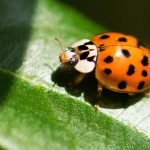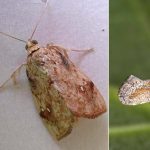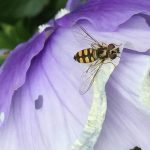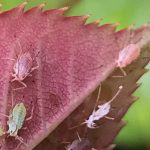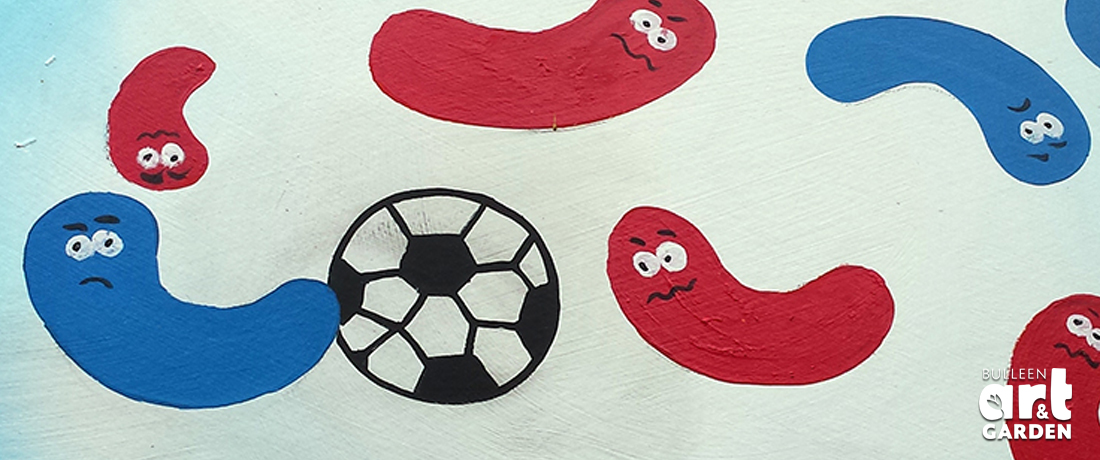
Nematodes are tiny microscopic non-segmented round worms that are barely visible to the naked eye and which occur naturally in the soil. Some species of nematodes are pests which damage plant roots, while others are beneficial predators of pest insects such as lawn beetle grubs and fungus gnats for example. The beneficial nematodes are also called entomopathogenic nematodes (EN for short) which basically means that they’re insect-killing nematodes.
Since beneficial nematodes are natural part of the soil ecosystem, they’re a safe biological pest control to use around humans and pets, and they won’t harm non-target species such as bees and other beneficial insects. There is no issue with water runoff causing groundwater contamination or harming aquatic organisms either. Being non-toxic, there is no withholding period for edible plants after application, nor any exposure risk from touching treated lawns. Application is a straightforward process, beneficial nematodes can be applied to the soil using a low pressure sprayer or a watering can.
After they are released into the soil, juvenile nematodes track down their preferred pest insects through changes in carbon dioxide levels and temperature, or via the pest’s excrement trail. Once beneficial nematodes locate a pest insect, they enter into its body through its mouths or breathing pores. The nematodes don’t do the killing directly though, they carry a symbiotic bacterium which they release into the pest insect’s bloodstream, where it multiplies and kills the pest insect in around 2 days or less. The symbiotic bacteria also break down the dead insect tissues into food for the nematodes, and the nematodes feed and breed and multiply inside the decomposing insect. Once the food source is consumed, the new active juvenile nematodes will venture out to seek new prey, repeating the cycle.
There are various beneficial nematodes and they each target specific pests, so it’s important to select the right type. In the examples below we’ll look at two different ones.
Heterorhabditis zealandica – is used for scarab beetle control (including lawn beetle grubs) and weevil control. This EN utilizes an active search and destroy strategy to locate pests, and once they kill a pest, reproduce every 10-14 days, releasing up to 100,000 new nematodes from the dead beetle larvae.
According to Ecogrow, a vendor of EN pest control solutions, this EN will specifically control the following scarab beetles – Argentine Scarab African Black Beetle, Argentine Stem Weevil, Red-headed Cockchafer, Black-headed Cockchafer and the following weevils – Black Vine weevil (in soil temps over 15C only), Bill Bug.
Steinernema feltiae – is used for fungus gnat control in indoor plants, nurseries, mushroom growing and hydroponic systems. This EN utilizes an ambush strategy, waiting for the fungus gnat larvae to come close before attacking, and once they kill a pest, reproduce every 10-14 days, releasing up to 100 new nematodes from the dead gnat larvae.
As the beneficial nematode populations increase, they will wipe out most of the target pest insect. A level of around 90% control or more can be expected for scarab beetles, and with fungus gnats, if the population is well established, the number of adults will be noticeably reduced after 2-3 weeks.
In summary, biological controls such as beneficial nematodes are a safe alternative to synthetic chemical pesticides as they are non-toxic, do not affect non-target species, have no negative environmental impact, and are ideal for incorporating into a multi-tiered integrated pest management (IPM) strategy.

